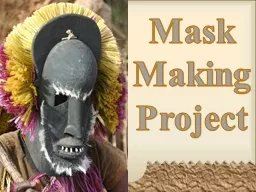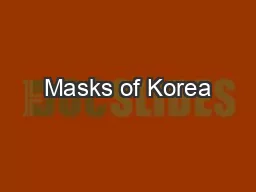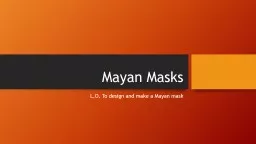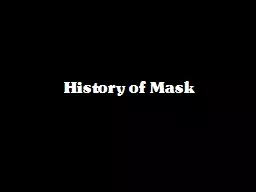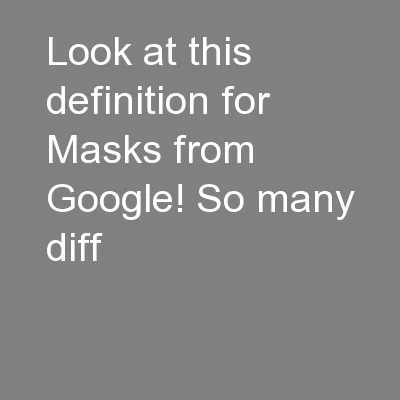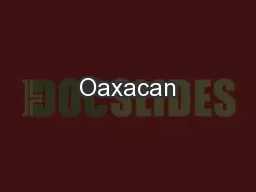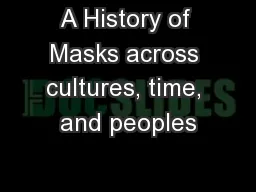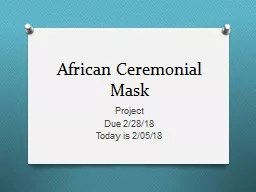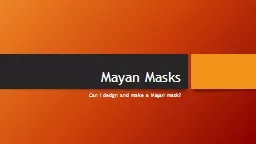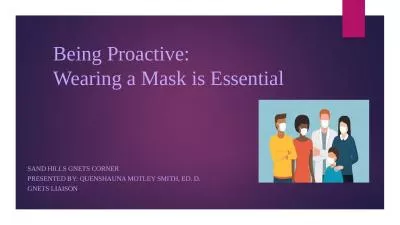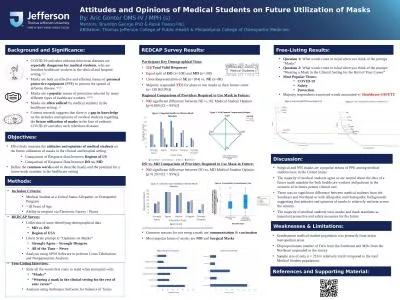PPT-Mask Making Project Masks
Author : dunchpoi | Published Date : 2020-10-22
VAHSVACU2 b Creates art work that explores ideas issues and events from current and past cultures VAHSVAPR4 a Translates 2D sketches into 3D form Standards Learning
Presentation Embed Code
Download Presentation
Download Presentation The PPT/PDF document "Mask Making Project Masks" is the property of its rightful owner. Permission is granted to download and print the materials on this website for personal, non-commercial use only, and to display it on your personal computer provided you do not modify the materials and that you retain all copyright notices contained in the materials. By downloading content from our website, you accept the terms of this agreement.
Mask Making Project Masks: Transcript
Download Rules Of Document
"Mask Making Project Masks"The content belongs to its owner. You may download and print it for personal use, without modification, and keep all copyright notices. By downloading, you agree to these terms.
Related Documents

